
MENUMENU
TALK TO AN EXPERT
Special Hours: 7AM – 6PM PST
TALK TO AN EXPERT
Special Hours: 7AM – 6PM PST
Dropping your anchor and picking it back up again can be a literal pain in the neck. And if you’ve ever tried to manually weigh anchor, you know exactly what we’re talking about. Luckily, there are electrical windlasses that can make your life much easier. Nevertheless, it can be confusing to determine which type of windlass is right for you and how many amps you’ll need to power your windlass. This is why we’ve taken the time to demystify everything there is to know about windlasses and electricity. Keep reading to learn more!
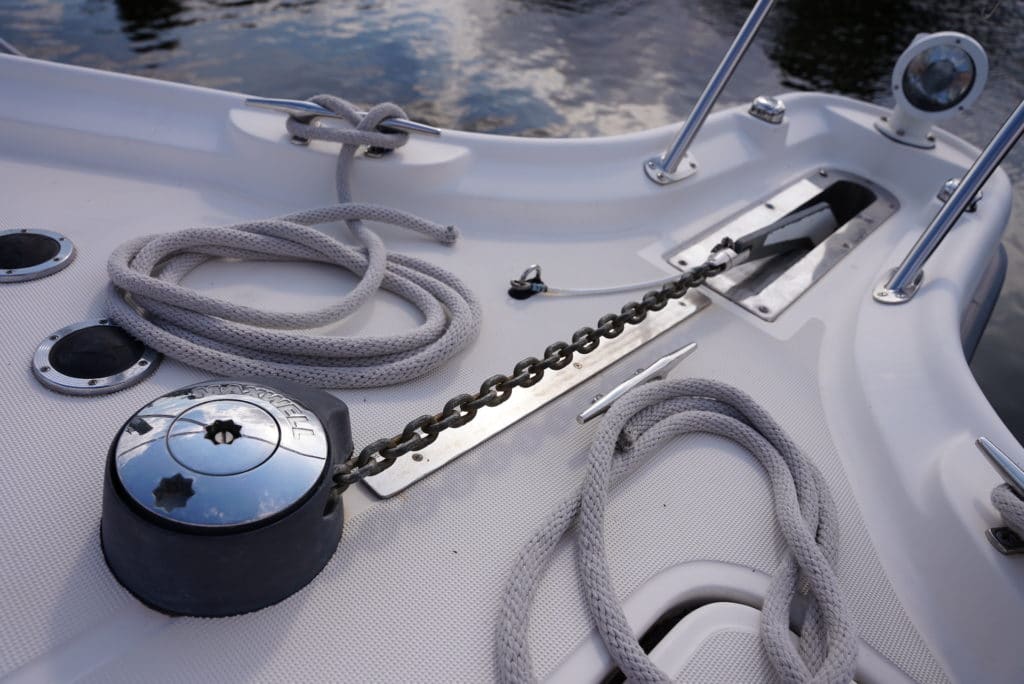
A windlass is a term for a device that acts like a winch for moving heavy objects. Most times windlass devices on boats are used for anchors or sail lines on a sailboat. Most of the time the windlass on a boat is referring to the anchor deployment device. Typically located in the middle of the foredeck, the windlass grasps the anchor line to pull it out of the water. It also places the anchor rode either on the deck or below the deck, so you don’t have to.
The components of a horizontal windlass are relatively easy to understand. It has a wheel, a gearbox, and a motor, all located on the deck. It also typically has a line that goes into the front part of the device, passes around the pulley, and exits out of the bottom.
A windlass is very similar to a capstan on a boat, except that it generally refers to the horizontal motion of weight, whereas a capstan is used for vertical movement. These two devices are typically used together to give the boat owner greater control over the anchor.
The two different types of windlass are the typical horizontal windlass and the vertical capstan. While they both maneuver the anchor, the shaft of a horizontal windlass is horizontal (hence the name). This means that it takes up more room on your deck.
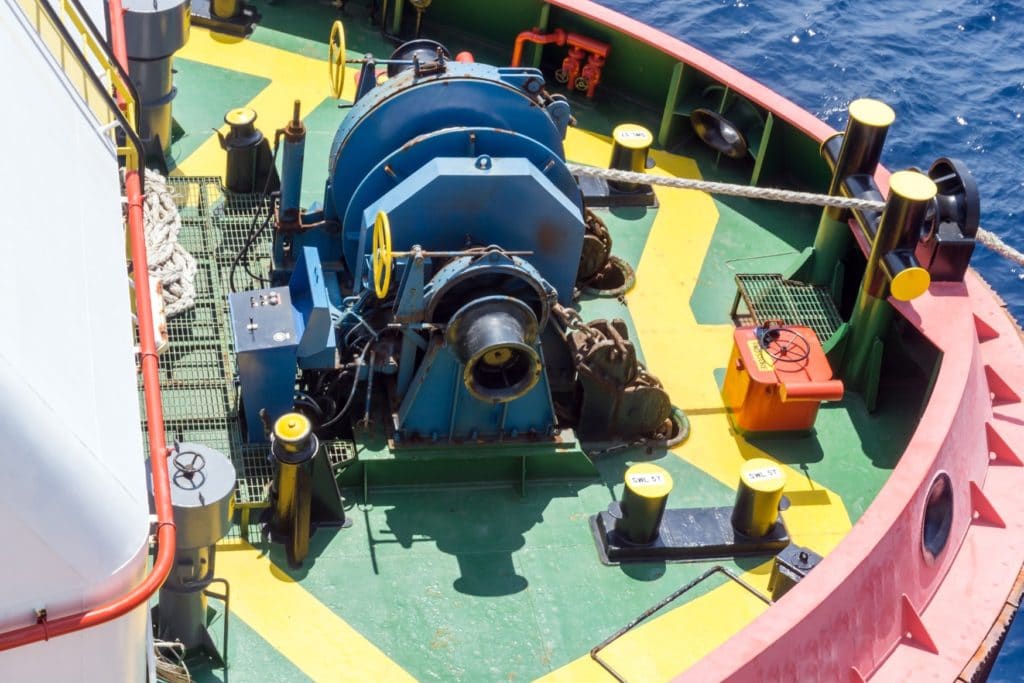
However, when you have both the gearbox and motor above deck, you only need to cut a small hole for the chain pipe, wire, and through bolts. On the other hand, the shaft of a capstan is vertical. This means you’ll have much more space on your deck because the motor and gearbox are below the deck.
Frequently the term windlass is still used for either of these types.
A windlass can work in one of three ways: manually, electronically, or hydraulically. A manual windlass literally uses the operator’s muscle power. This type of windlass can be very simple and inexpensive. However, it does take a lot of work, especially if you have a heavy anchor.
In contrast, a hydraulic device can easily lift the heaviest of anchors. You’ll find these on large mega-yachts and ships. Unless you’re operating a large vessel like that, you probably won’t need a hydraulic windlass.
Windlasses that use electricity provide a happy medium. These are excellent for boats with anchors too heavy to manually lift but which aren’t on the scale of ship anchors. Many anglers and recreational boaters prefer electronic versions because they can easily carry their power with them in the form of batteries.
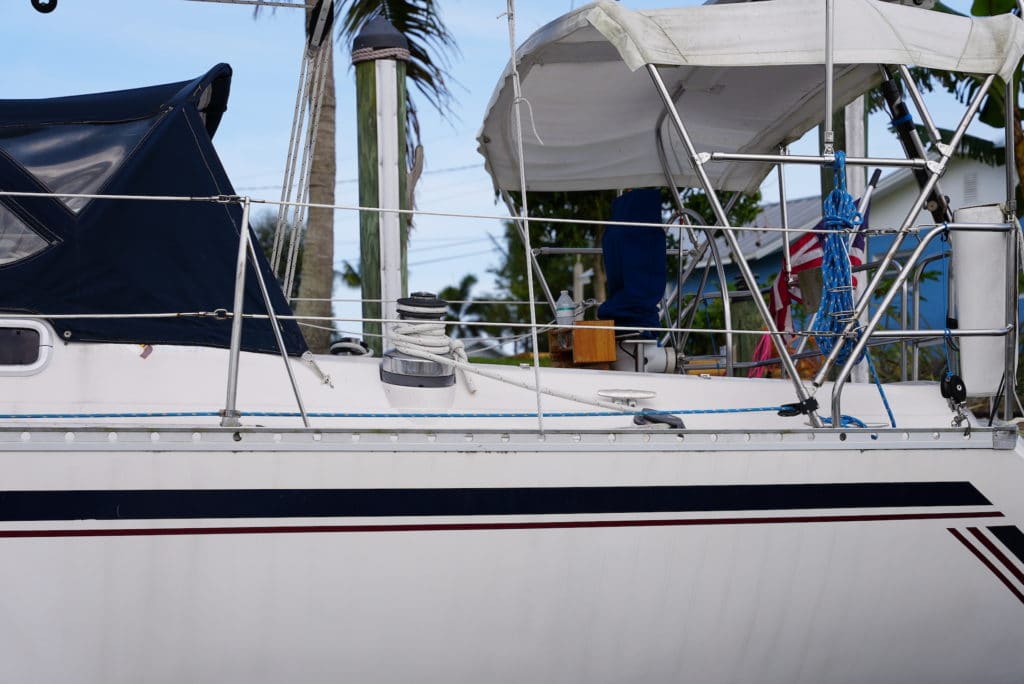
One of the best ways to calculate how big of a windlass you’ll need is to take the total weight of the anchor and ground tackle and multiply it by three. For instance, a 22-pound anchor with 40 pounds of ground tackle will weigh a total of 62 pounds. You’ll then take 62 x 3 = 186 pounds. Thus, you should find a windlass with a power rating of 186 or more pounds.
The amps that a windlass draws depend on both its max load versus working load and the voltage. But in general, most of these devices will draw between 35-200 amps. This means that your boat engine might not sufficiently charge the batteries as you’re using it. Because of this, many boaters that have separate house battery system use this large battery bank to power the windlass.
→ Need a refresher on Marine Electrical Systems? Brush up on the basics of boat electricity.
Because there are so many amps running through your wires to power your windlass, you’ll need to use adequately rated wires for these heavy loads. These are typically the thickest of wires. However, most boat owners place their device’s breaker close to their batteries and motor. This prevents voltage drop by decreasing the distance the electricity needs to travel.
Because these devices draw so much power, most boat owners choose to install a separate battery bank for their electronics, house power, and windlass system. This way, you’re not relying solely on the engine battery and the power from the engine. Having a solid battery setup — possibly even with its own power source — allows you to feel confident that your windlass will have the amps to weigh anchor and get you moving with no hiccups.
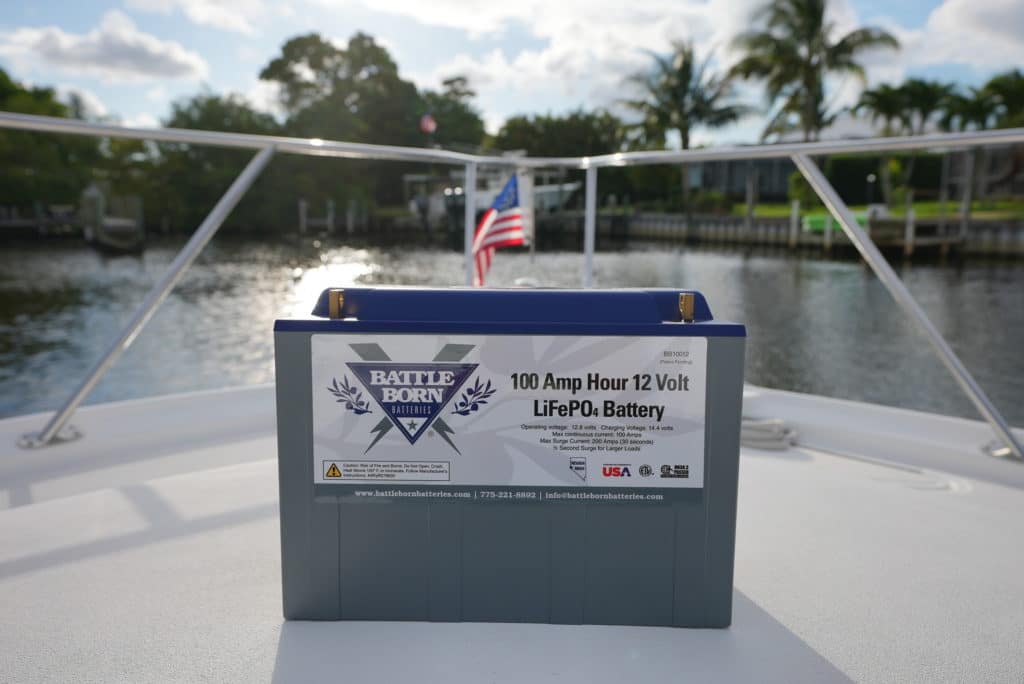
While we’re on the subject of batteries, it’s important to know the difference between lithium batteries and traditional lead-acid. First and foremost, lithium batteries allow for a much deeper discharge. We’re talking between 95-100% compared to only 50% for lead-acid batteries. This means that if you have a 100Ah lead-acid battery, you’ll only be able to use about 50Ah. Any more than that, and you’ll risk significantly reducing the lifespan of your battery.
Lithium batteries are also much lighter per kilowatt hour, which can help if you want to put the battery on the bow near the device itself. They also have higher charge rates and can be left partially discharged for longer periods of time. They require virtually no maintenance and are incredibly reliable. No more worrying about the state of your batteries while you’re out on the water!
In fact, lithium batteries are considered the best boat battery available for the following reasons:
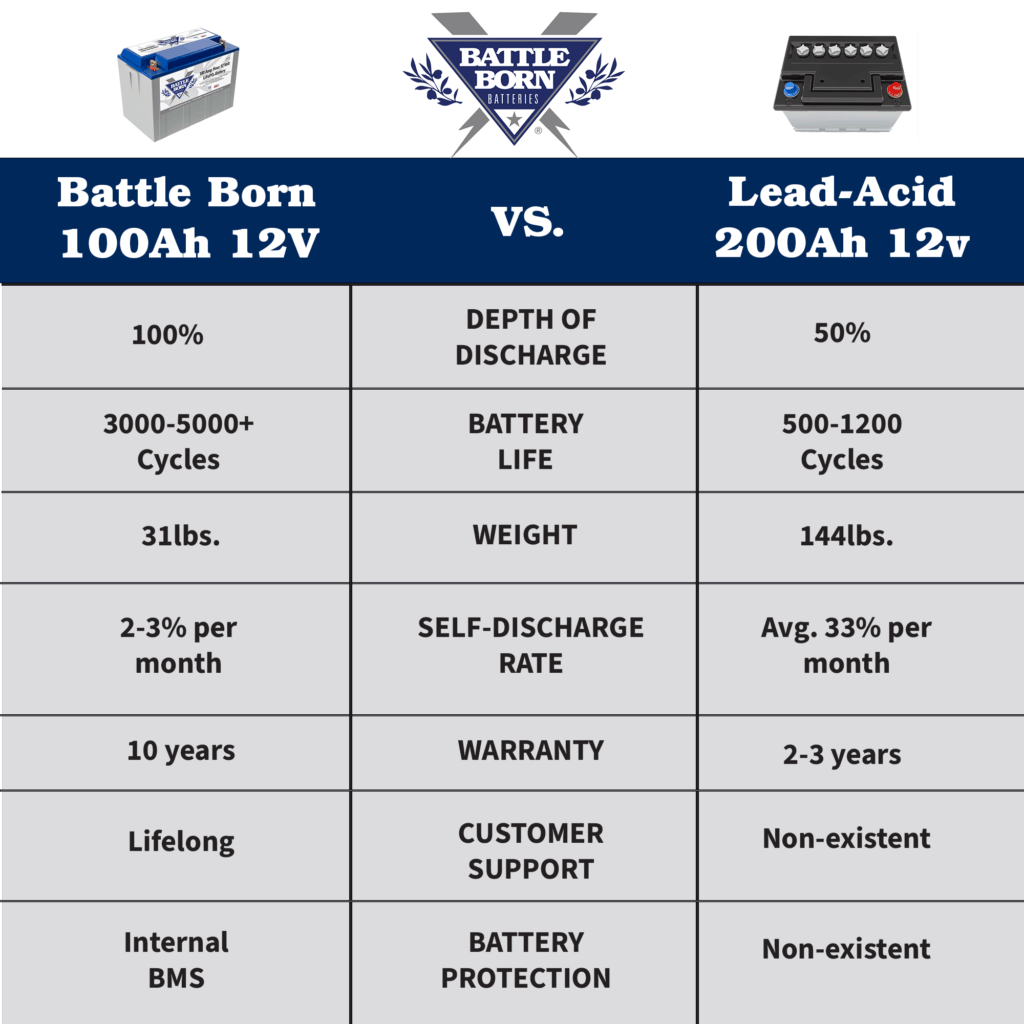
Electrical windlasses are important for many reasons. They allow you to drop anchor in a controlled way and pick it back up without hurting your back. But do you know how many windlass amps you’re using? And how do you power your windlass when you’re out on the water? With lithium batteries, of course! This allows you to have separate, reliable power storage and gives you the peace of mind that everything will run as it should.
Keep reading: What You Need To Know About Bow Thrusters and Power

We know that building or upgrading an electrical system can be overwhelming, so we’re here to help. Our Reno, Nevada-based sales and customer service team is standing by at (855) 292-2831 to take your questions!
Also, join us on Facebook, Instagram, and YouTube to learn more about how lithium battery systems can power your lifestyle, see how others have built their systems, and gain the confidence to get out there and stay out there.
Shop Best Sellers
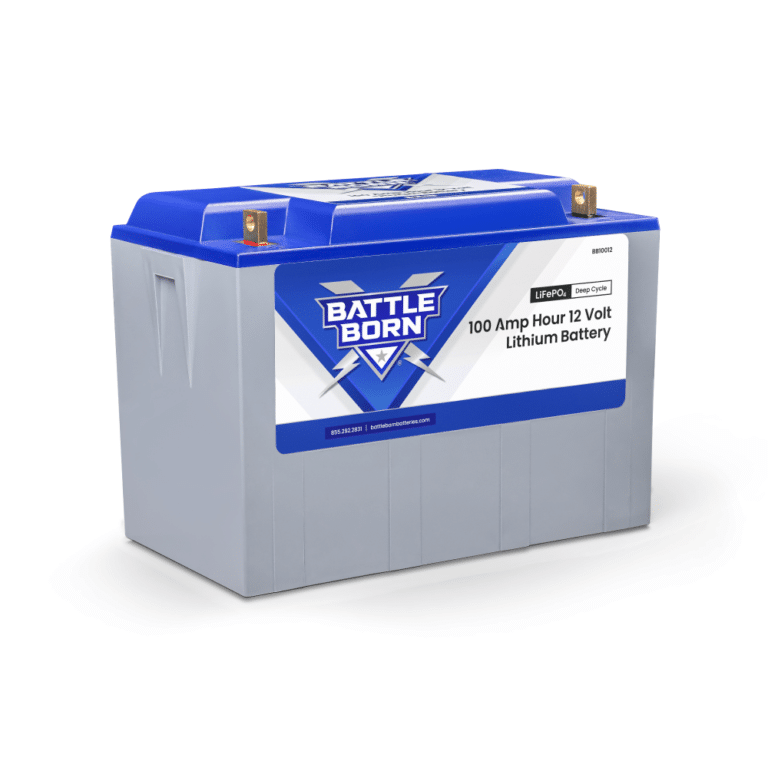
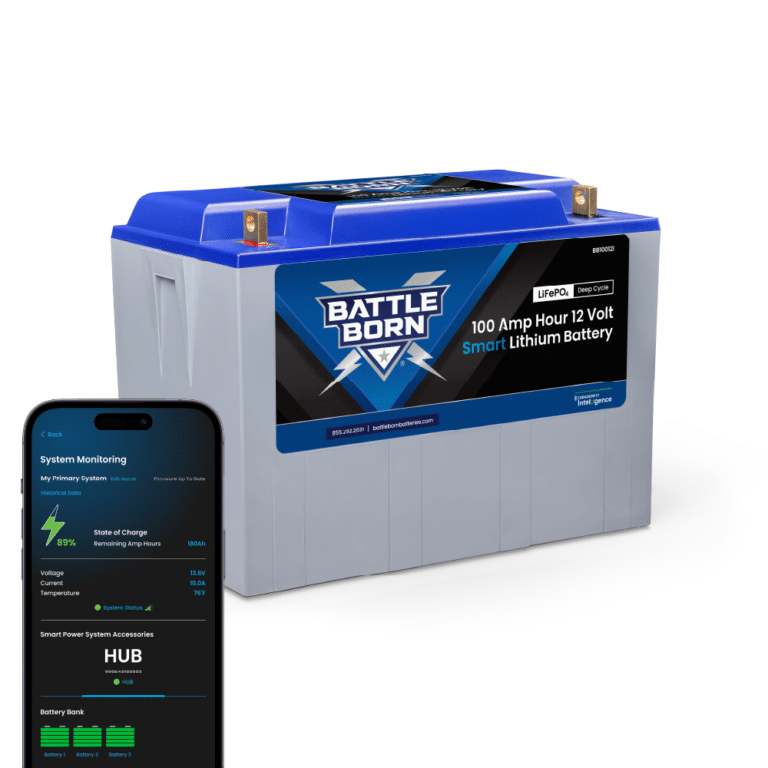
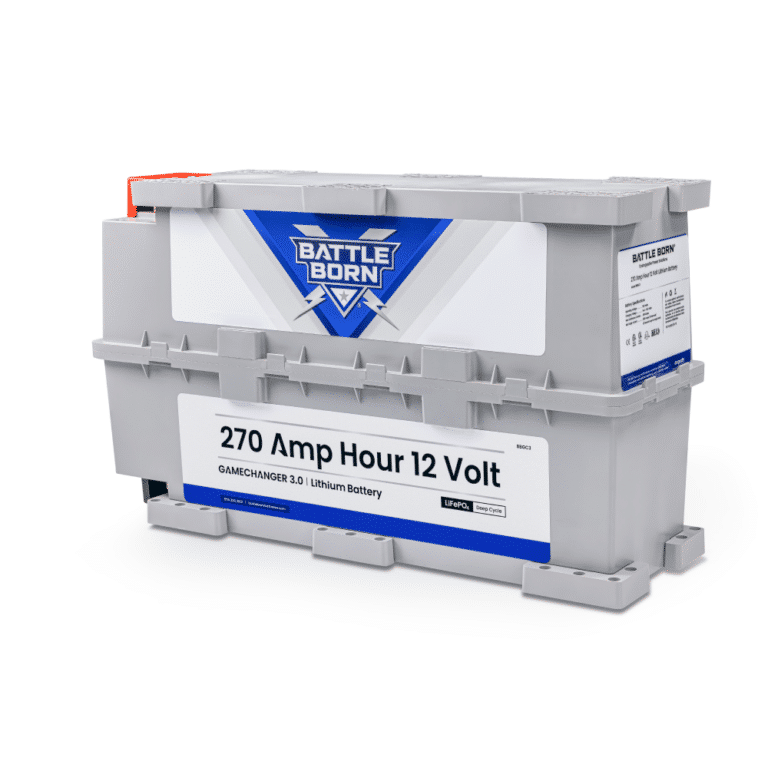
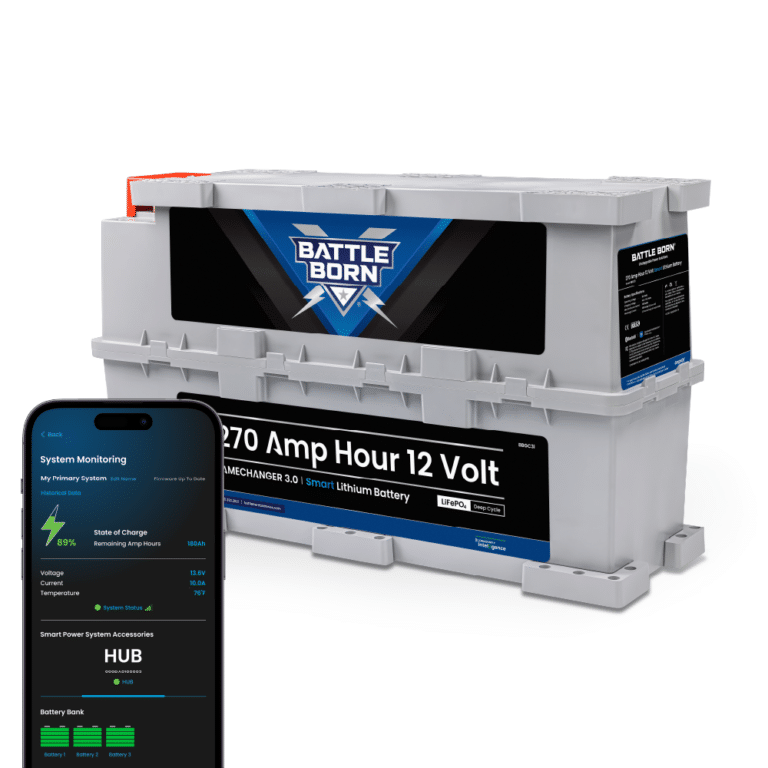
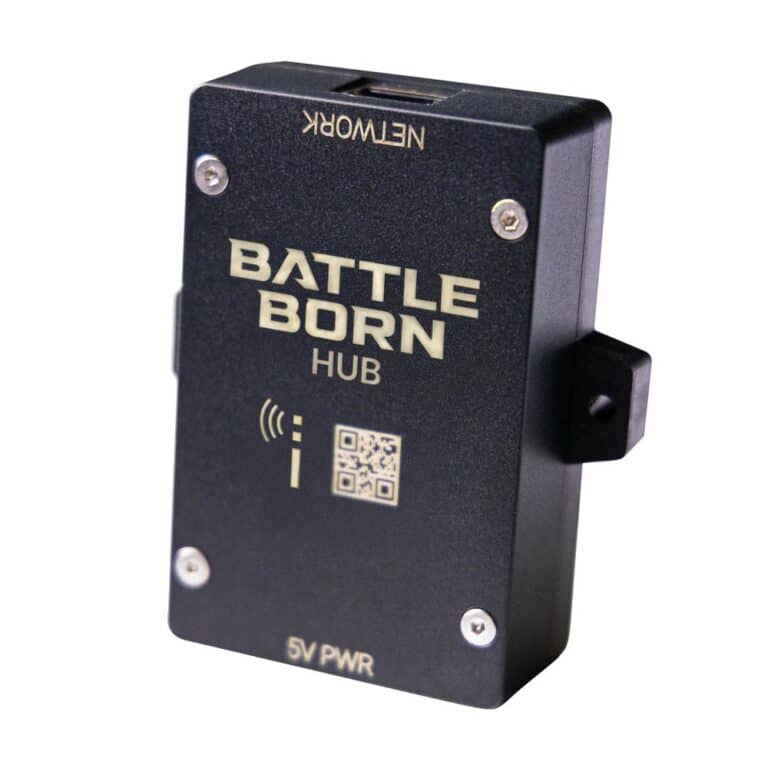
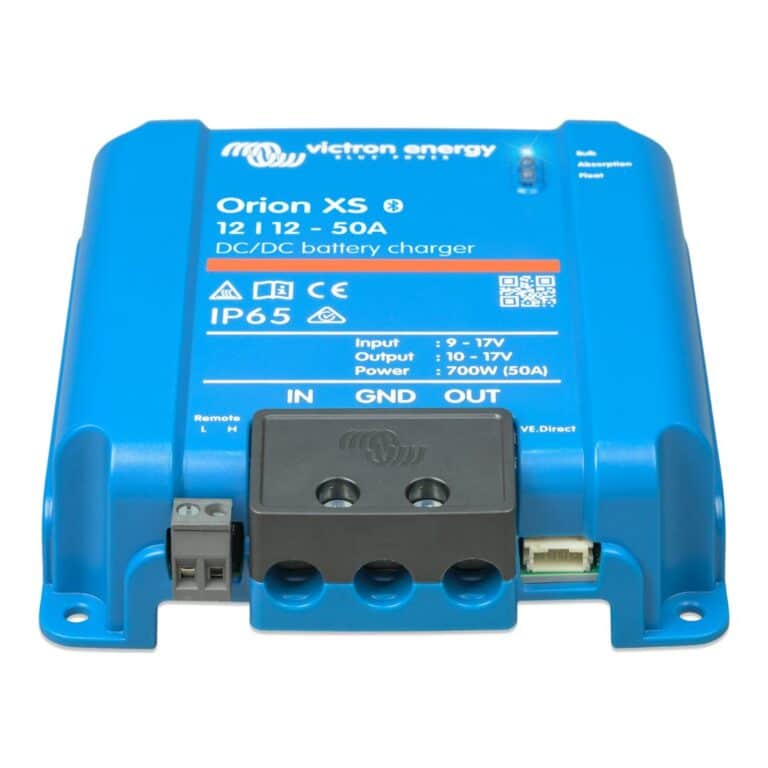
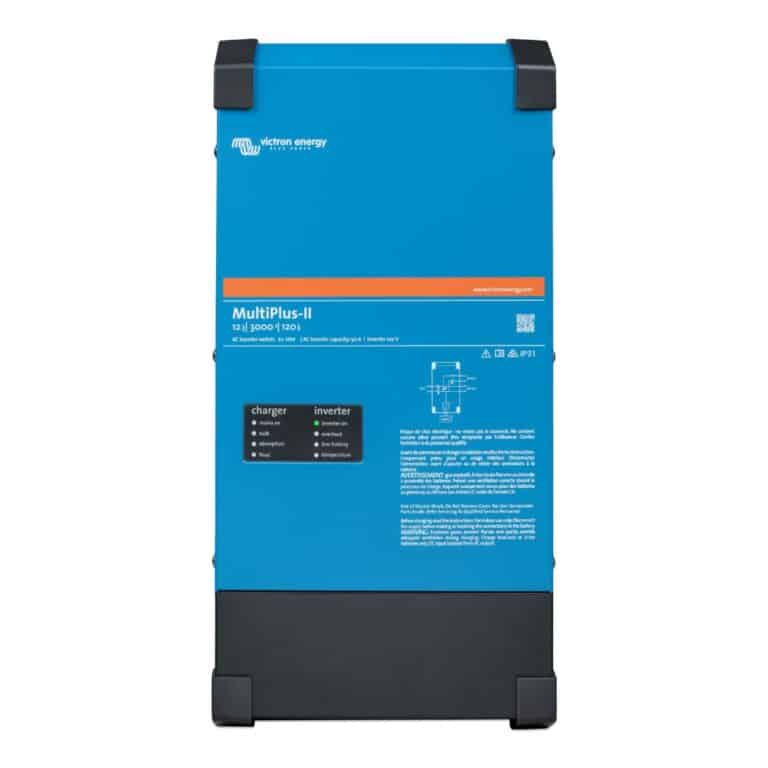

Ask a technical specialist now at 855.292.2831
Stay in the Know
2 thoughts on “What You Need to Know About Your Electric Windlass and Power”
Looking for batteries for a 35 ft sailboat.
Hi, Charles! Our technical sales team would love to help you configure a system to suit your power needs for your sailboat. You can reach them at (855) 292-2831 (M-F 8:00am – 4:30pm (PST)) or by emailing [email protected].